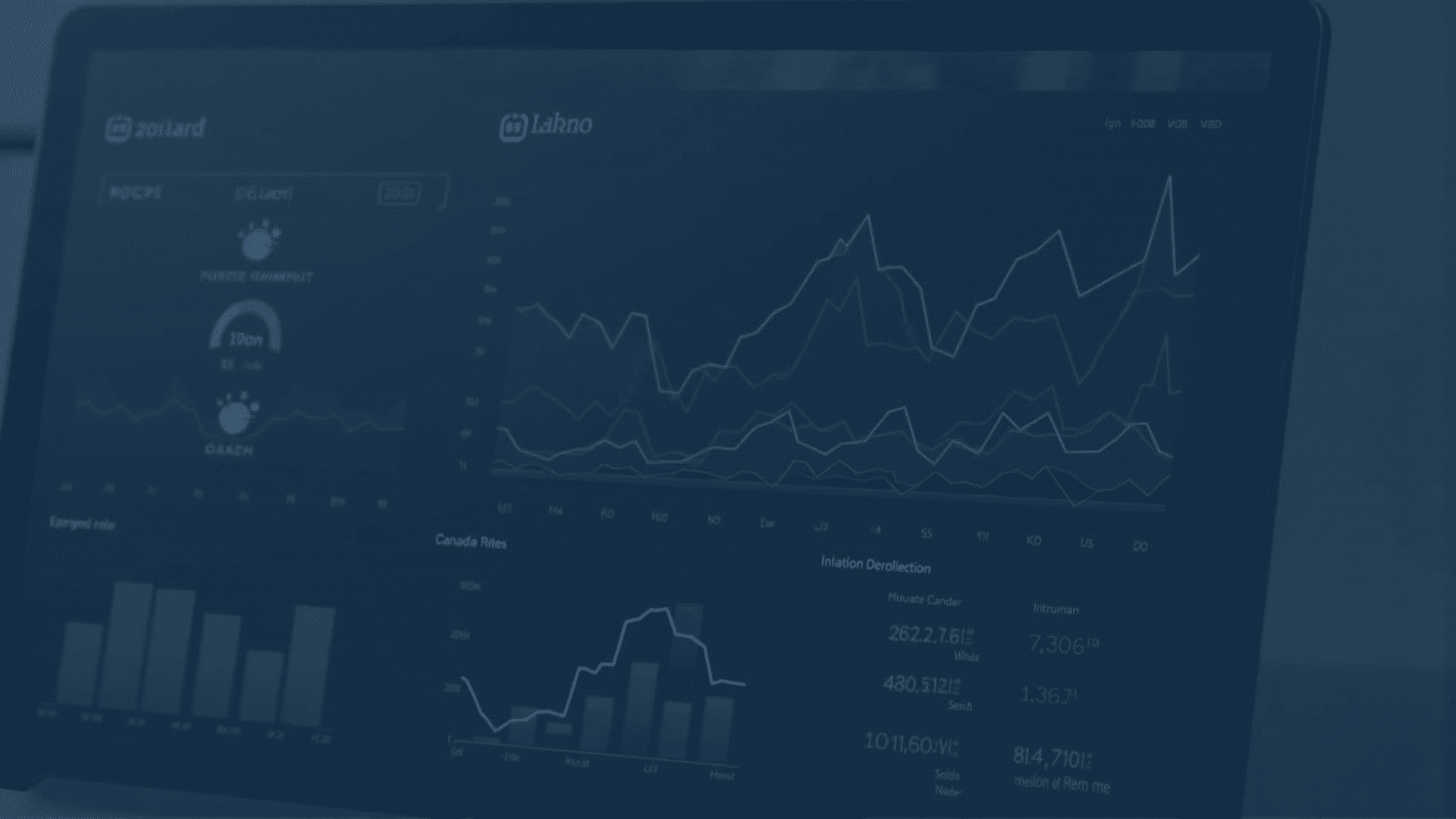Economic indicators are essential tools that help to understand the dynamics of economies, providing insights into potential future developments within Canada and globally. These metrics function as barometers, offering snapshots and trends that elucidate the economic health of a nation. By delving into these indicators, businesses, policymakers, and individuals can gauge the direction of economic activities, make informed decisions, and anticipate changes.
In Canada, some of the most significant indicators include the Gross Domestic Product (GDP), unemployment rates, and the Consumer Price Index (CPI). GDP measures the total value of goods and services produced over a specific period and is a strong indicator of economic vitality. A growing GDP reflects an expanding economy, while a contracting GDP suggests a cooling period.
Unemployment rates are another crucial economic measure. They indicate the percentage of the labor force that is currently without work but actively seeking employment. A high unemployment rate may signal economic distress, whereas a low rate often suggests a robust job market. By examining trends in labor statistics, one can infer the nation's economic resilience or vulnerability.
The Consumer Price Index (CPI) provides insights into price changes over time, reflecting inflationary pressures. It measures the average change over time in the prices paid by consumers for goods and services. Monitoring CPI helps economists determine the purchasing power of currency, as well as general living costs.
Beyond these primary indicators, other metrics such as retail sales figures, housing starts, and trade balances also play a significant role in understanding economic conditions. Retail sales can signal consumer confidence and spending patterns, while housing starts provide insights into real estate dynamics and associated economic activities. Trade balances, on the other hand, reveal the difference between the value of exports and imports, offering clues about competitive positioning in the global market.
On a broader scope, these indicators are not just confined to national scrutiny. They hold global significance, providing comparative benchmarks among countries. International observers and organizations may use these indicators to assess economic partnerships, cooperation possibilities, and competitive standing on the world stage.
In summary, by tracking economic indicators, stakeholders can foresee potential market shifts, guide strategic planning, and nurture resilience against downturns. Understanding these metrics allows for sound decision-making and strategic foresight, ultimately benefiting both the domestic market and international economic interactions.
